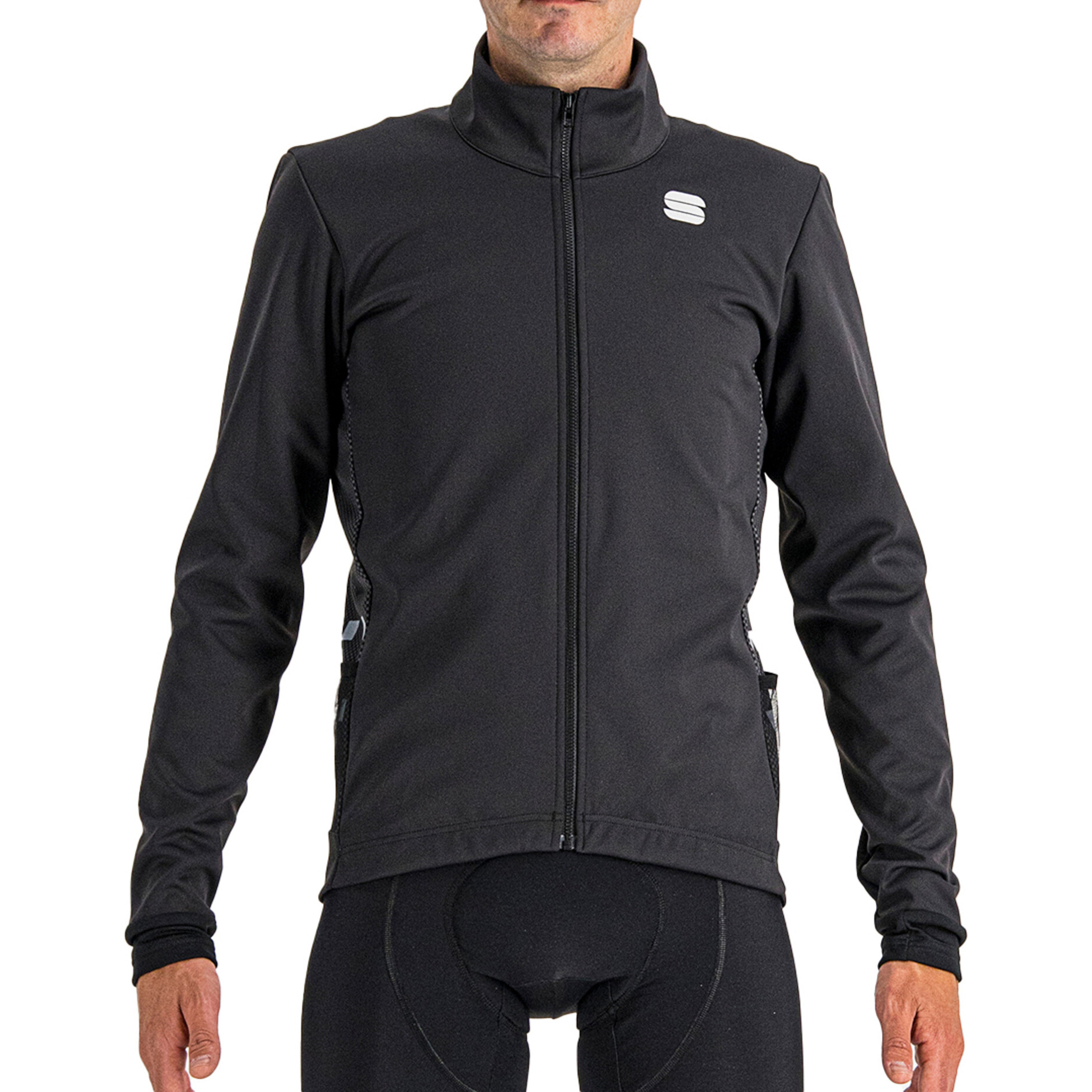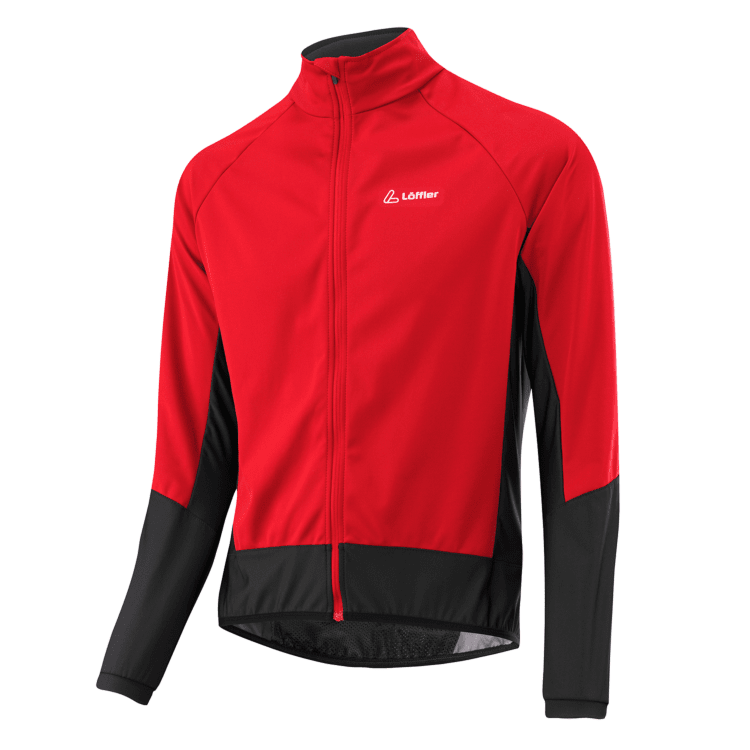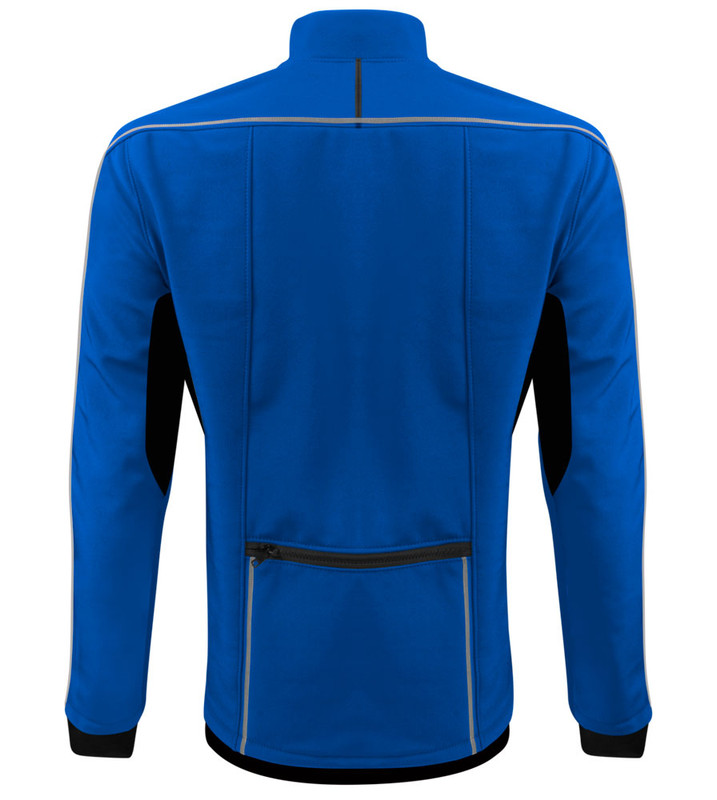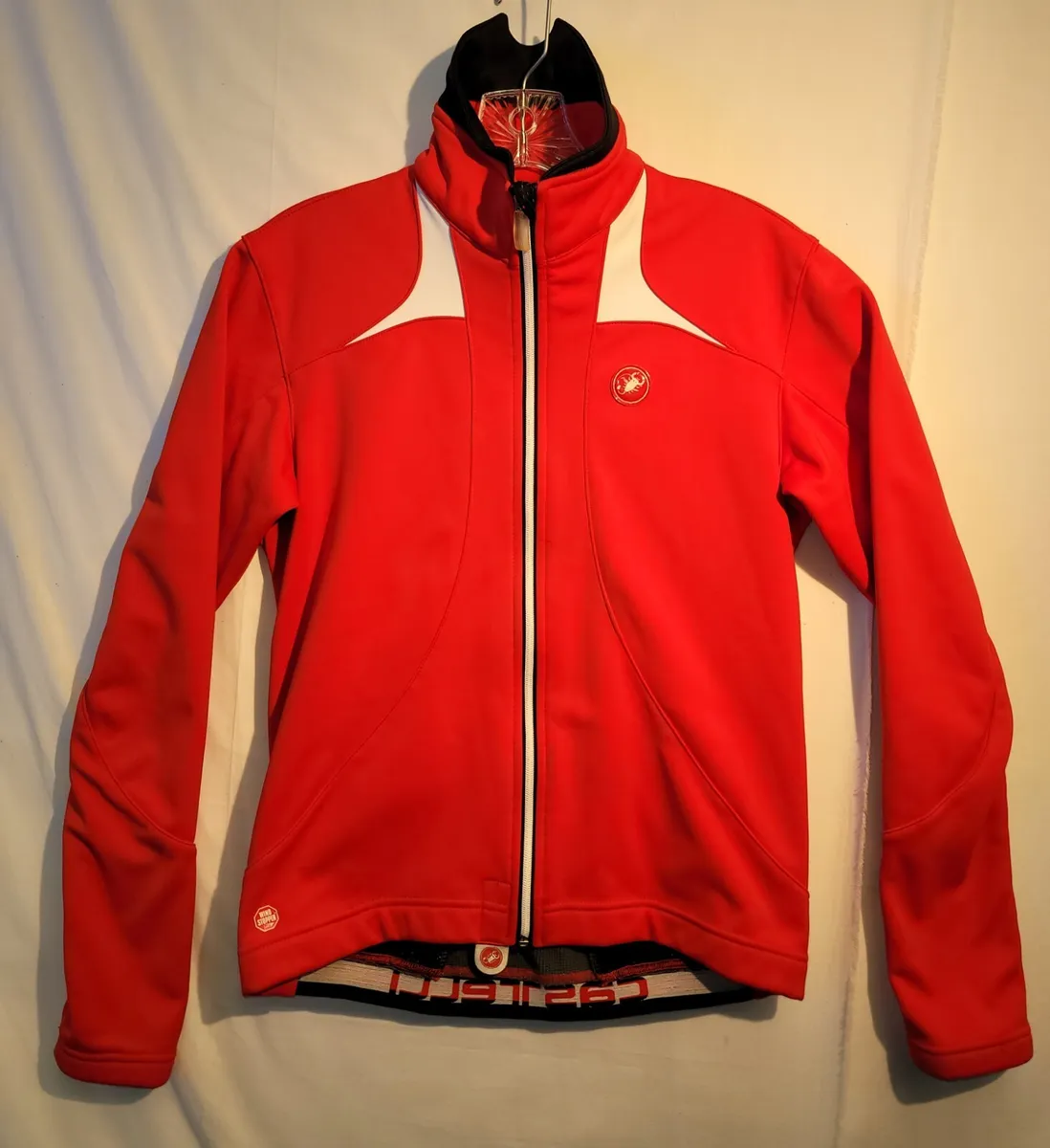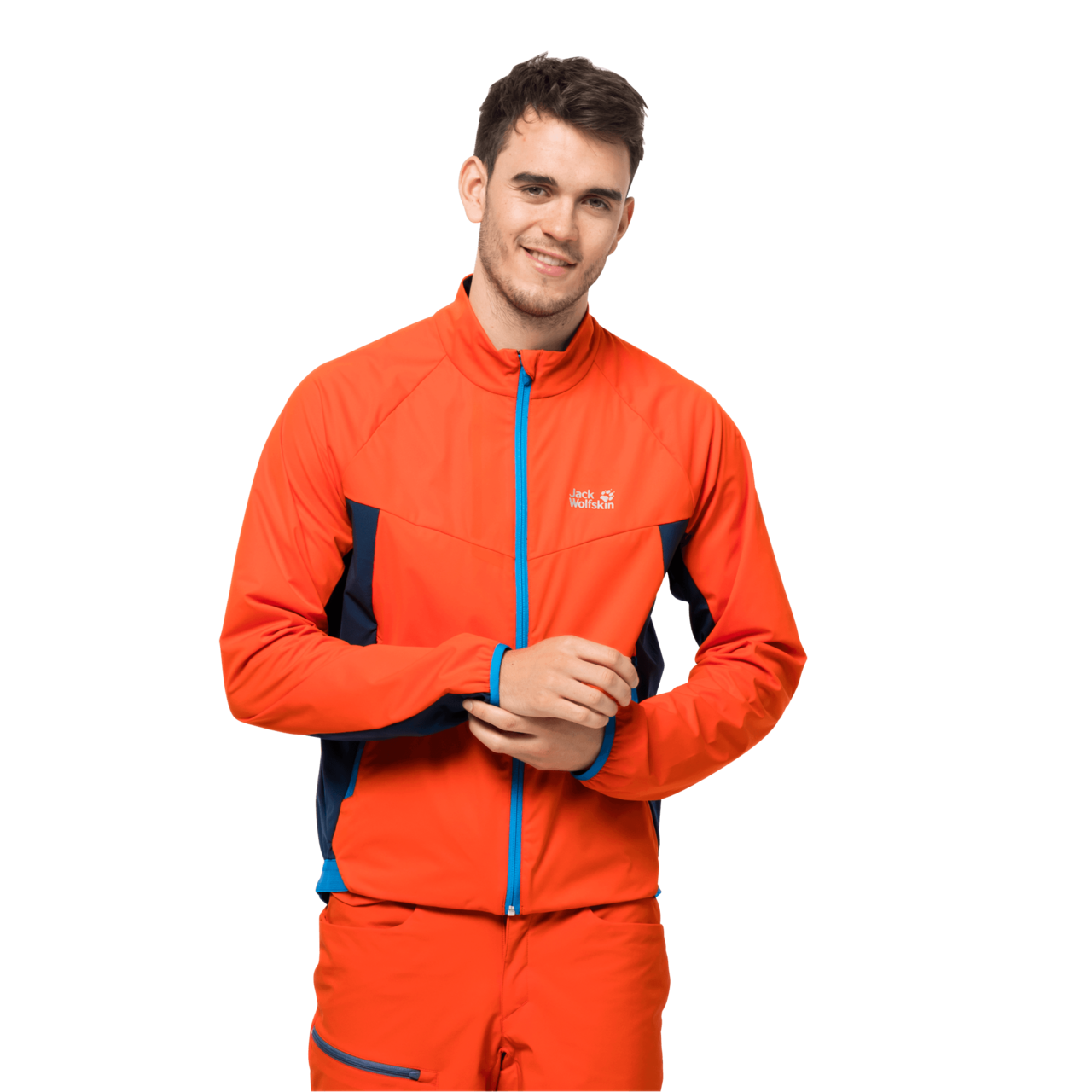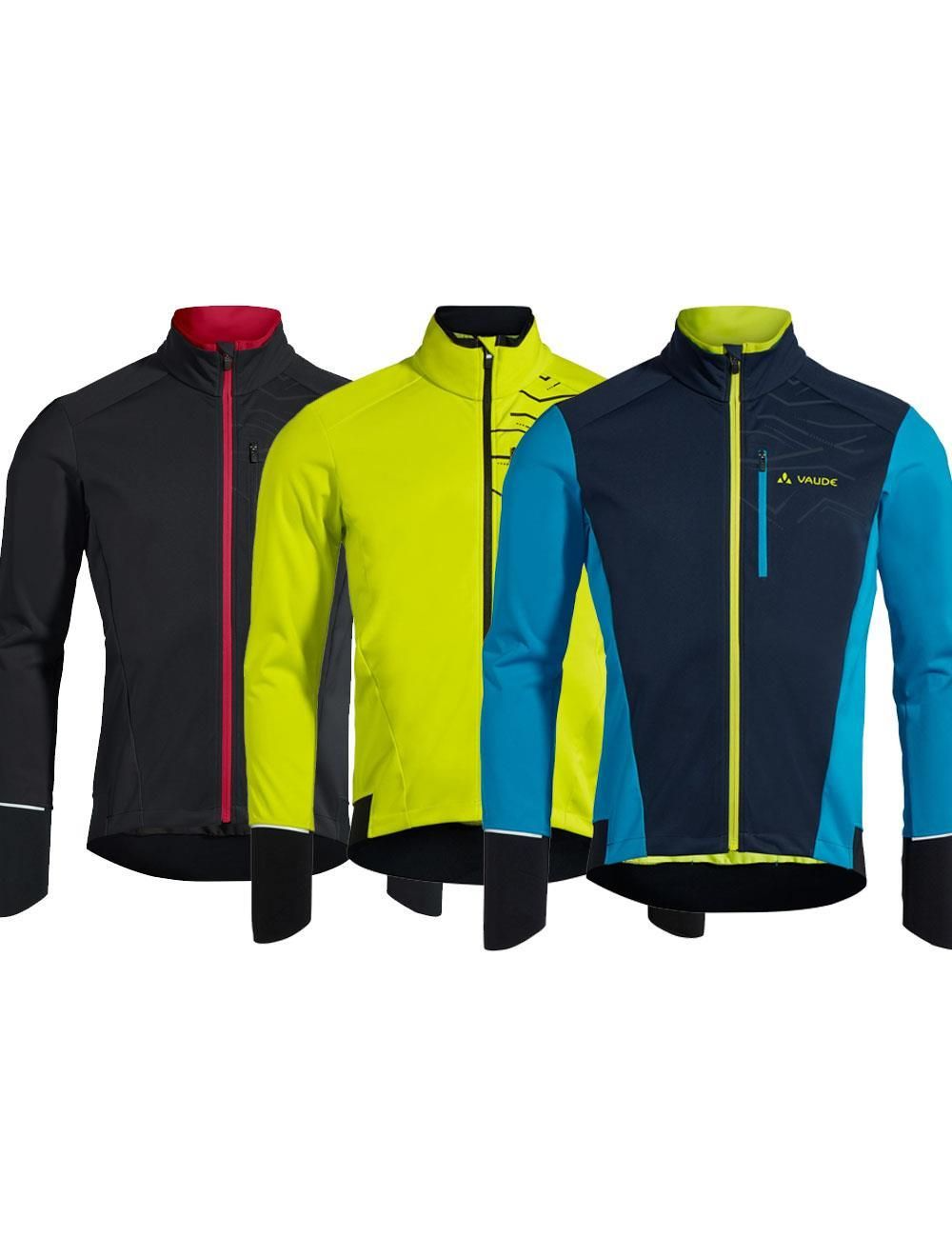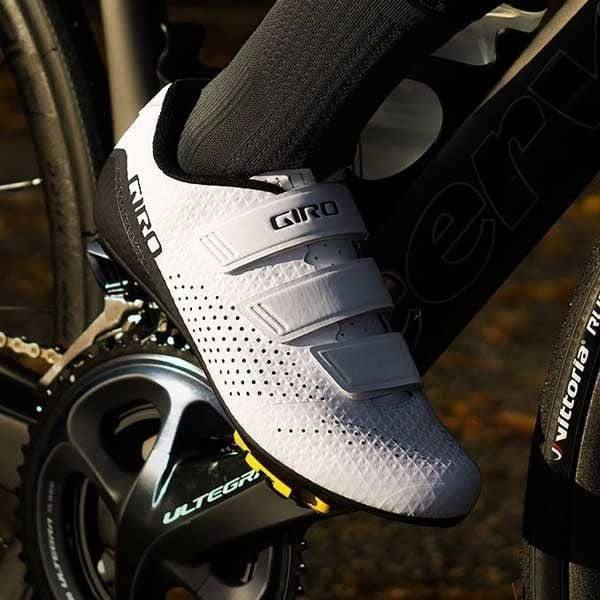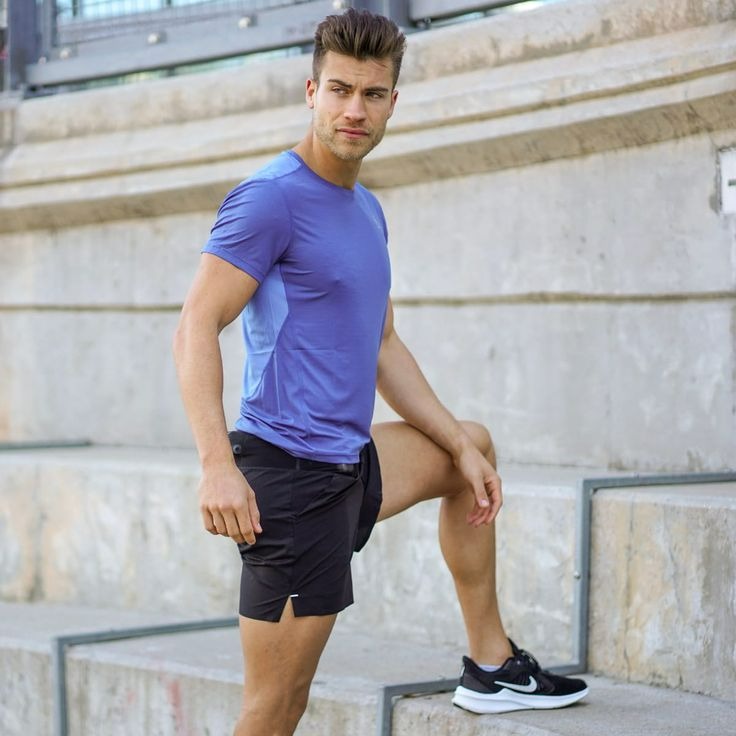Cyclists who brave the elements know the value of a high-quality softshell cycling jacket. This versatile piece of cycling apparel is designed to withstand varied weather conditions while providing comfort and flexibility. A softshell cycling jacket is an essential item for riders looking to maintain their performance in cooler climates.
The Anatomy of a Softshell Cycling Jacket
At its core, a softshell cycling jacket combines the best features of insulation and weather resistance. Unlike hardshell jackets, which are built for extreme conditions, softshells offer a balance of warmth, breathability, and protection from wind and light rain, making them ideal for most riding conditions.
Understanding Softshell Technology
Softshell jackets are crafted from woven fabrics that are designed to move with the cyclist, offering superior stretch and mobility. These materials typically include a blend of polyester, nylon, or spandex. The outer layer is often treated with a durable water repellent (DWR) coating to offer resistance to rain and snow.
The Benefits of Softshell Jackets for Cyclists
Cyclists favor softshell jackets for their adaptability. They provide a warm, breathable layer that protects against the cold wind without causing overheating. The stretchiness of the fabric allows for a full range of motion during intense rides, and the soft interior offers next-to-skin comfort.
Key Features to Look for in Softshell Cycling Jackets
When selecting a softshell jacket, riders should look for features that enhance their cycling experience. These include a windproof and water-resistant exterior, breathable panels for temperature regulation, a form-fitting cut to reduce drag, and ample pockets for convenient storage.
Balancing Windproofing with Breathability
One of the main challenges in creating a softshell jacket is balancing the need for wind protection with the necessity for breathability. High-quality softshells manage to shield riders from the bite of the wind while still allowing moisture and excess heat to escape, ensuring comfort during vigorous activity.
Water Resistance for Unpredictable Weather
While softshells are not waterproof, the water resistance they offer is sufficient for light rain and snow. This feature makes them a practical choice for riders who might encounter sporadic showers but don’t require the full protection of a rain jacket.
The Versatility of Softshell Jackets in Various Cycling Environments
Softshell jackets are not just limited to road cycling; they are also popular among mountain bikers and commuters. Their durability and comfort make them suitable for a range of cycling activities, from daily commutes to rugged trail rides.
Choosing the Right Fit for Optimal Performance
Fit is crucial when it comes to cycling jackets. A softshell should be snug enough to prevent flapping in the wind but roomy enough to layer underneath. Features like adjustable hems and cuffs, as well as longer tails, ensure the jacket stays in place and provides coverage while riding.
Reflective Accents for Increased Visibility
Many softshell jackets include reflective accents to increase rider visibility in low-light conditions. This safety feature is essential for those who ride early in the morning or after sunset, offering peace of mind on the road.
Care and Maintenance of Your Softshell Jacket
To keep a softshell jacket performing at its best, proper care is necessary. This includes regular washing according to the manufacturer’s instructions, reapplying DWR treatments when needed, and storing the jacket correctly to prevent damage.
The Aesthetic Appeal of Softshell Jackets
Softshell jackets come in a variety of styles and colors, allowing riders to express their personal style while enjoying the technical benefits. Brands often update their designs with the latest trends, ensuring that riders look as good as they feel on the bike.
Considering the Environmental Impact of Softshell Production
As the industry moves toward sustainable practices, some brands now offer softshell jackets made from recycled materials or produced with eco-friendly methods. Riders conscious about their environmental impact can opt for these greener choices without sacrificing quality.
Softshell Jackets Across Price Points
Softshell jackets are available at various price points, catering to a wide range of budgets. While premium jackets come with a higher cost, there are also affordable options that provide good performance for casual riders or those new to cycling.
Comparing Softshell Jackets: Finding Your Perfect Match
With a plethora of options on the market, comparing softshell jackets is key to finding the perfect one for your needs. Consider each jacket’s features, materials, fit, and price to make an informed decision that aligns with your cycling habits and preferences.
Mastering the Art of Layering: The Integral Role of Softshell Jackets
For cyclists braving the chill of the open road, mastering the art of layering is essential. At the core of a well-conceived layering system lies the softshell jacket, a versatile piece that adapts to changing conditions and maintains rider comfort.
The Science of Layering for Cyclists
Layering is a strategic approach to dressing that allows for flexibility and adaptability to various weather conditions. It involves combining different clothing pieces to create an effective insulation system that can be adjusted as needed. The softshell jacket plays a critical role in this system, serving as a thermal regulator and protective barrier.
Base Layers: The Foundation of Comfort
The base layer, which sits closest to the skin, is designed to manage moisture and maintain a stable core temperature. It’s typically made from materials that wick sweat away from the body, keeping the skin dry. A softshell jacket pairs well with base layers as it continues the process of moisture management while adding warmth and wind resistance.
Mid-Layers: Boosting Insulation
Mid-layers are added over the base layer for additional insulation on colder rides. They trap warm air close to the body, and depending on the intensity of the ride and the temperature, can range from light fleece to heavier thermal jerseys. The softshell jacket complements these mid-layers by providing a breathable yet insulating shell that prevents heat loss.
Transitioning Through Seasons with Softshell Jackets
Softshell cycling jacket are ideal for the transitional periods of autumn and spring, where temperatures can vary widely throughout the day. Their ability to function as part of a layering system makes them a year-round piece of cycling apparel that can be modified to suit the season.
Conclusion:
The Softshell Jacket as a Cycling Staple
In conclusion, the softshell cycling jacket stands out as a staple in the cyclist’s wardrobe. Its combination of flexibility, protection, and comfort makes it the go-to choice for riders facing varying weather conditions. Whether you’re a seasoned cyclist or a weekend warrior, a well-chosen softshell jacket will enhance your riding experience. And keeping you warm, dry, and focused on the joy of cycling. Considering factors such as material, fit, and safety features will lead you to a jacket that meets your specific needs, ensuring many miles of comfortable and stylish riding ahead.
